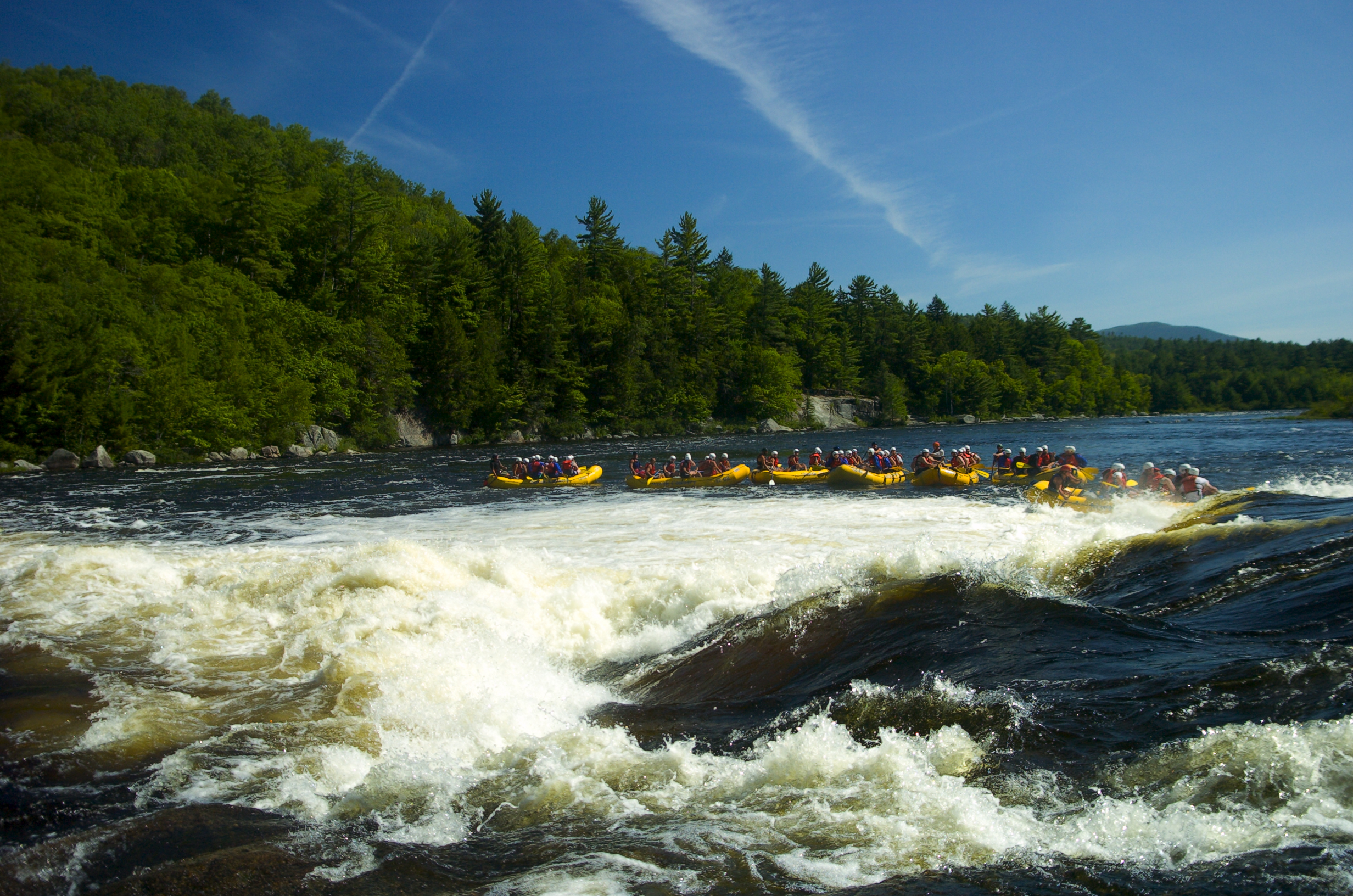Rivers play a crucial role in the Earth’s ecosystems. They provide essential habitats for a diverse array of species, support agricultural activities, and offer recreational opportunities for humans.
However, these vital waterways face numerous threats, including pollution, habitat destruction, and the impacts of climate change.
As enthusiasts of white water rafting, a sport that intimately connects us with these outdoor environments, we must adopt a responsible approach to minimize our ecological footprint and contribute to the conservation of river ecosystems.
Understanding River Ecosystems
River ecosystems are complex and dynamic environments that support a wide range of flora and fauna. They are crucial for biodiversity, acting as habitats for various species, including fish, birds, and invertebrates. Rivers also play a significant role in shaping landscapes, transporting nutrients and sediments, and maintaining natural water cycles.
But across vast stretches of time, these ecosystems are highly sensitive to changes in their environment, whether due to natural processes or human activities. The introduction of pollutants, alterations in water flow, and physical modifications of river habitats can have profound impacts on the health and functionality of river ecosystems.
The Impact of Rafting on River Health
White water rafting, while a source of exhilaration and connection with nature, can inadvertently contribute to the pressures on river ecosystems. The physical presence of rafts and paddlers can lead to erosion of riverbanks, disturbance to wildlife, and compaction of critical habitat areas. Chemical pollutants, such as those from sunscreens, insect repellents, and other personal care products, can enter the water and affect water quality and aquatic life. Moreover, littering and improper disposal of waste by rafters can exacerbate pollution problems and harm the visual aesthetics of natural landscapes.
To mitigate these impacts, rafters must adopt practices that prioritize the health and preservation of river ecosystems.
This includes following established guidelines for minimal impact recreation, such as those outlined by “Leave No Trace” principles. By doing so, rafters can enjoy the thrill of navigating rapids while ensuring their activities do not degrade the very environments they cherish.
When you’re on your next white water rafting trip, take notice of how you and your friends are engaging with the natural world. As your guide to explain how to avoid any inadvertent harm to the environment. Your trip can be an incredible educational opportunity, and you’ll return on your next trip a wiser and more diligent rafter.
Strategies for Responsible Rafting
Responsible rafting practices are essential for the conservation of river ecosystems.
Here are several strategies that rafters and the broader rafting community can adopt:
Education and Awareness: Before embarking on a rafting trip, individuals should educate themselves and their group about the local river ecosystem, and the potential impacts of their activities. How can you and your friends minimize your environmental footprint? This is a good question to ask yourself often, but a white water rafting trip provides a key opportunity.
Choosing Eco-friendly Gear: Opt for rafting gear produced and sold by sustainably minded businesses. Biodegradable soaps, sunscreens, and insect repellents can reduce the introduction of harmful chemicals into river waters.
Waste Management: Practice strict waste management by packing out all trash, leftover food, and litter. Reuse your containers and water bottles to minimize plastic waste. Establish waste disposal points, and make sure that everyone on your trip is on the same page.
Participation in Conservation Efforts: Rafters can contribute to river conservation by participating in or organizing clean-up drives and habitat restoration projects. Supporting local and national conservation organizations financially or through volunteerism can amplify efforts to protect river ecosystems. This good work can continue after your trip, as well; ask your guide for advice on how to find like-minded organizations back home.
Advocacy for Sustainable Practices: Advocate for policies and practices that promote sustainable water use and river conservation. This can include supporting river protection legislation and educating your community in sustainable tourism practices.
Responsible Wildlife Encounters: Maintain a respectful distance from wildlife encountered during rafting trips to avoid disturbing their natural behaviors and habitats. Use quiet voices and movements to minimize your presence and impact.
Erosion Control: Stick to established launching and landing sites to prevent erosion. Avoid trampling vegetation near riverbanks, and follow designated paths when exploring the river’s edge.
Cultural Respect: Recognize and respect the cultural, historical, and spiritual significance of rivers to indigenous communities and other groups. Ensure your rafting activities do not harm cultural heritage sites or disrespect traditional values. Remember: You’re a guest. Be mindful of this role.
Continuous Learning and Improvement: Stay informed about best practices in river conservation and sustainable rafting. Be open to learning and adopting new methods that further reduce the environmental impact of rafting activities.
The Path Forward
As stewards of the planet’s rivers, rafters have a unique opportunity and responsibility to lead by example in the conservation of these critical ecosystems.
By adopting responsible rafting practices and engaging in conservation efforts, we can ensure that rivers continue to thrive as sources of life, beauty, and adventure for generations to come. The journey towards sustainable rafting is a collective one, requiring the commitment of individuals, communities, and organizations. Together, we can make a meaningful difference in the preservation of our planet’s rivers, ensuring they remain vibrant and healthy for all who seek their waters.

